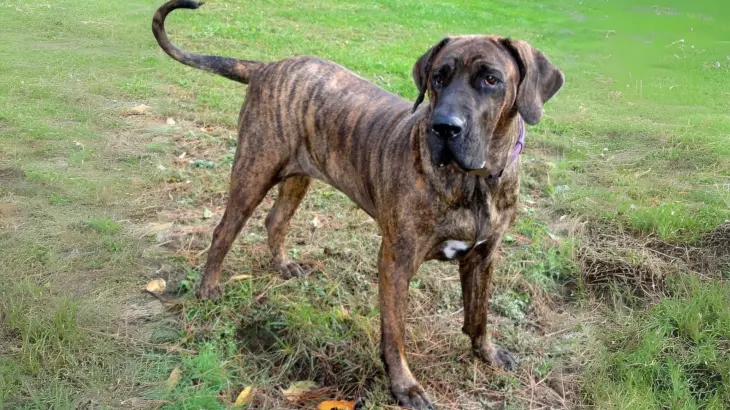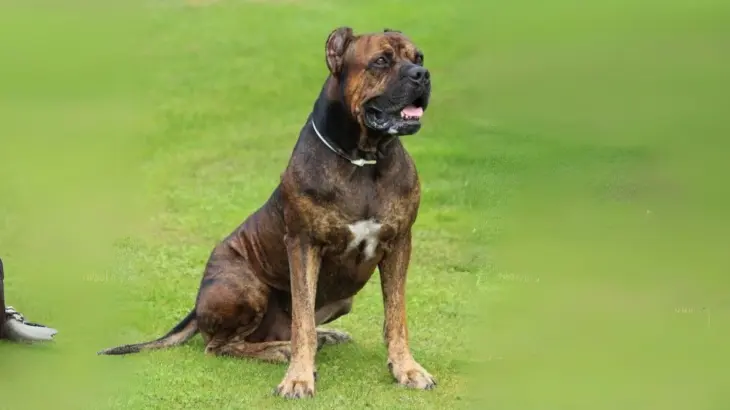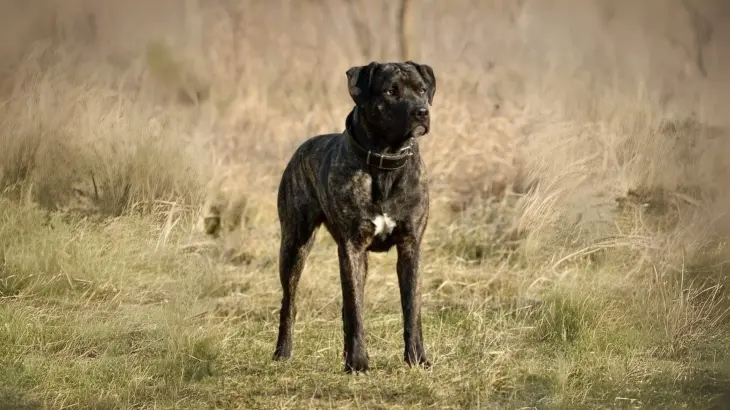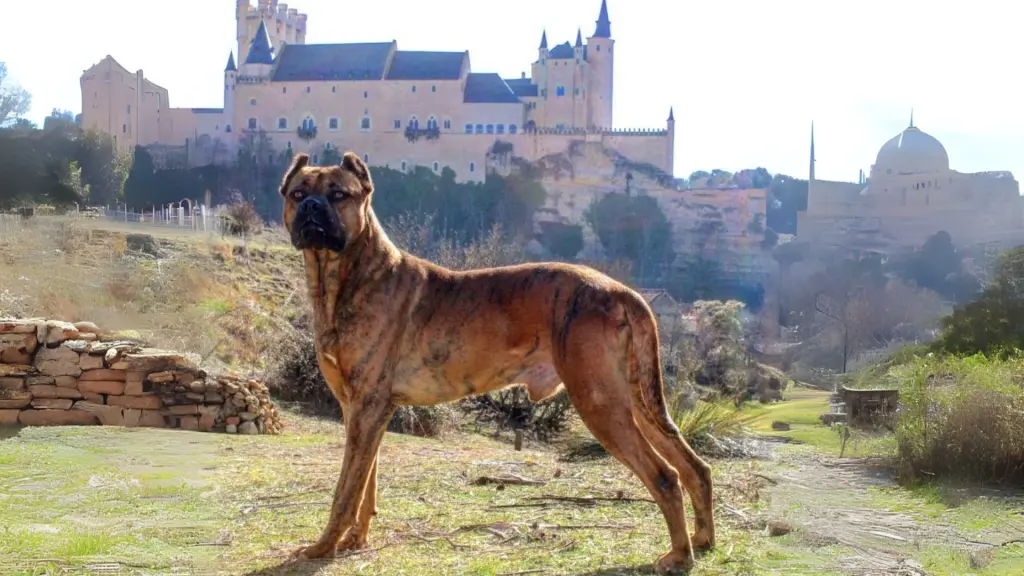Deciding whether to adopt or purchase a Spanish Alano puppy depends on your priorities around cost, health transparency, and ethics. Buying from a reputable breeder usually means detailed lineage and health info, while adoption gives a dog a second chance at a loving home.
Adoption vs. Breeder: Pros & Cons
| Criteria | Buying from Breeder | Adopting from Shelter/Rescue |
|---|---|---|
| Cost | Higher initial cost due to purebred lineage and breeder expenses. | Lower fees, more budget-friendly. |
| Health History | Usually comprehensive health and genetic records. | May be limited or unknown; basic vet checks done. |
| Age Availability | Mostly puppies, allowing you to raise from early age. | Varies widely: puppies, adults, seniors. |
| Temperament Insight | Breeders provide insights from lineage and parents. | Shelter staff share behavioral observations; full history may be unclear. |
| Supporting Practices | Supports responsible breeding if breeder is reputable. | Helps reduce shelter populations and rescues dogs. |
| Ethical Considerations | Risk of unethical breeding if not chosen carefully; due diligence required. | Promotes animal welfare by rescuing homeless dogs. |




















































